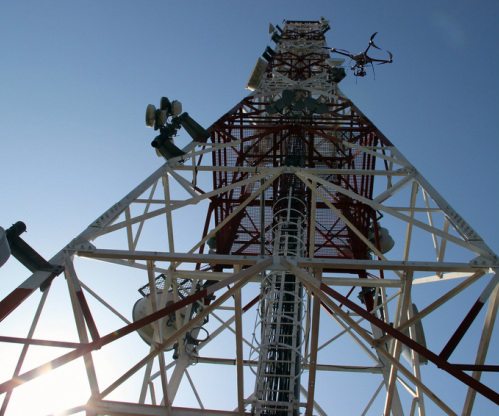American Tower Corporation’s CEO talks about the role of mid-band spectrum deployments in supporting 5G
American Tower expects 4G technology to be the main driver of tower demands in the coming years despite increasing momentum for 5G builds, the company’s Chairman and CEO James Taiclet said during a conference call with investors.
“The overwhelming driver of tower demand today is 4G technology, and we believe that will remain the case well into the 2020s. However, as momentum for 5G builds, a number of trends in network deployments are expected to increasingly contribute to our demand profile as well,” Taiclet said.
“The first of those trends is the anticipated deployment of new spectrum assets, as carriers continue to enhance the capacity and speeds of their networks. Already, 600-megahertz equipment for 5G applications is being deployed on our sites, and several carriers have been vocal about millimeter wave-based rollouts as well,” Taiclet said. “But in my view, one of the most compelling aspects of evolving 5G expectations is the role of mid-band spectrum, including 2.5 GHz, CBRS spectrum in the 3.5 GHz band, and C-band spectrum assets in the 3.7 to 4.2 GHz range,” he added.
Taiclet also highlighted that all these bands have the potential to significantly enhance network performance over time and are well-suited to macro-tower-oriented deployments.
“The 2.5 GHz band is able to propagate across considerably longer distances than millimeter wave spectrum. And as a result, 2.5 GHz is an intriguing hybrid between low and high-band spectrum for 5G. Importantly, outside of dense urban areas, we continue to believe macro towers are the ideal signal transmission points for 2.5 GHz spectrum,” he said. “We’ve already started to receive applications for the very early stages of deployments of this spectrum, utilizing massive MIMO antennas on our tower sites. And we would expect the activity around 2.5 GHz deployments to increase over time,” Taiclet added.
Deploying 2.5 GHz spectrum with massive MIMO has been a key part of Sprint’s 5G strategy.
The American Tower executive said that the company believes CBRS spectrum is another interesting opportunity and is a priority element of the firm’s innovation program.
“Spectrum in the 3.5 GHz band can potentially help significantly expand the U.S. indoor opportunity for American Tower beyond the 1,500 or so venues in the U.S. that we today believe are suitable for traditional indoor [distributed antenna] systems,” he said.
Taiclet said that the possibility to share this spectrum can help drive down costs. He also confirmed that the company is currently working on new and innovative architectures that may make it feasible to bring connectivity in CBRS spectrum to Class A office buildings, condominium complexes, and other indoor environments, where DAS has historically been cost-prohibitive.
“Combining shared CBRS spectrum with reduced-cost installation architecture can enable private LTE systems or enhanced Wi-Fi installations in addition to traditional indoor cellular coverage, thereby enhancing the economics of installing the system for both the building owner and our customers,” Taiclet said.
American Tower also expects that spectrum in the C-band range of 3.7 to 4.2 GHz will be a significant driver of macro site demand in the mid to long-term time horizon.
“This band, similar to 2.5 GHz, has crossover benefits that combine potentially several hundred megahertz of bandwidth and sufficient propagation distances to be utilized in suburban settings, which are predominantly served by towers,” Taiclet said.

